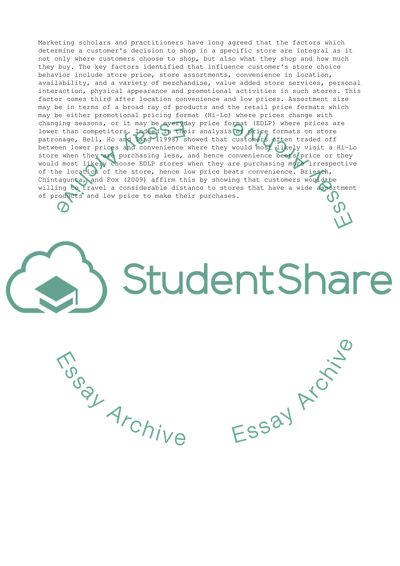Cite this document
(“Literature Review for Woolworths Research Essay - 1”, n.d.)
Retrieved from https://studentshare.org/business/1457327-literature-review-for-woolworths-research
Retrieved from https://studentshare.org/business/1457327-literature-review-for-woolworths-research
(Literature Review for Woolworths Research Essay - 1)
https://studentshare.org/business/1457327-literature-review-for-woolworths-research.
https://studentshare.org/business/1457327-literature-review-for-woolworths-research.
“Literature Review for Woolworths Research Essay - 1”, n.d. https://studentshare.org/business/1457327-literature-review-for-woolworths-research.


